
Gniezno is a city in central-western Poland, about 50 kilometres east of Poznań, with 68,943 inhabitants making it the sixth-largest city in the Greater Poland Voivodeship. One of the Piast dynasty's chief cities, it was the first historical capital of Poland in the 10th century and early 11th century, it was mentioned in 10th-century sources, possibly including the Dagome Iudex, as the capital of Piast Poland. The Roman Catholic archbishop of Gniezno is the primate of Poland, making it the country's ecclesiastical capital. It has belonged since 1999 to the Greater Poland Voivodeship, and is the administrative seat of Gniezno County (powiat).
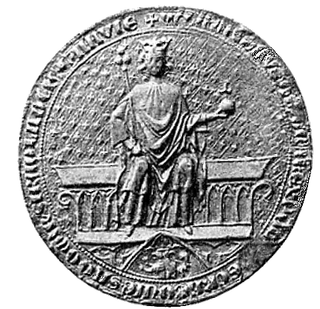
Władysław I Łokietek, in English known as the "Elbow-high" or Ladislaus the Short, was King of Poland from 1320 to 1333, and duke of several of the provinces and principalities in the preceding years. He was a member of the royal Piast dynasty, the son of Duke Casimir I of Kuyavia, and great-grandson of High-Duke Casimir II the Just.
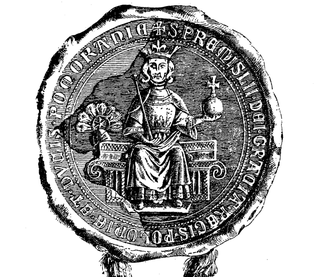
Przemysł II was the Duke of Poznań from 1257–1279, of Greater Poland from 1279–1296, of Kraków from 1290–1291, and Gdańsk Pomerania (Pomerelia) from 1294–1296, and then King of Poland from 1295 until his death. After a long period of Polish high dukes and two nominal kings, he was the first to obtain the hereditary title of king, and thus to return Poland to the rank of kingdom. A member of the Greater Poland branch of the House of Piast as the only son of Duke Przemysł I and the Silesian princess Elisabeth, he was born posthumously; for this reason he was brought up at the court of his uncle Bolesław the Pious and received his own district to rule, the Duchy of Poznań in 1273. Six years later, after the death of his uncle, he also obtained the Duchy of Kalisz.
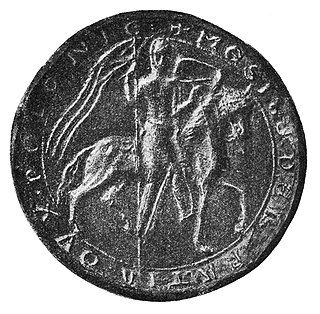
Mieszko III the Old, of the Piast dynasty, was Duke of Greater Poland from 1138 and High Duke of Poland, with interruptions, from 1173 until his death.
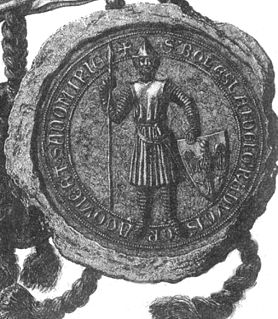
Bolesław V the Chaste was Duke of Sandomierz in Lesser Poland from 1232 and High Duke of Poland from 1243 until his death, as the last male representative of the Lesser Polish branch of Piasts.
Leszek the White was Prince of Sandomierz and High Duke of Poland in the years 1194–1198, 1199, 1206–1210, and 1211–1227. During the early stages of his reign, his uncle Duke Mieszko III the Old and cousin Władysław III Spindleshanks, from the Greater Polish branch of the royal Piast dynasty, contested Leszek's right to be High Duke.
Władysław III Spindleshanks, of the Piast dynasty, was Duke of Greater Poland, High Duke of Poland and Duke of Kraków during 1202–1206 and 1228–1231, Duke of Kalisz during 1202–1206, ruler of Lubusz during 1206–1210 and 1218–1225, and ruler over Gniezno during 1216–1217.

Józef Glemp was a Polish Cardinal of the Roman Catholic Church. He was Archbishop of Warsaw from 1981 to 2006, and was elevated to the cardinalate in 1983.
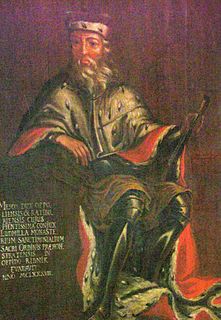
Mieszko IV Tanglefoot was Duke of Kraków and High Duke of Poland from 9 June 1210 until his death one year later. He was also Duke of Silesia from 1163 to 1173, Duke of Racibórz from 1173, and Duke of Opole from 1202.
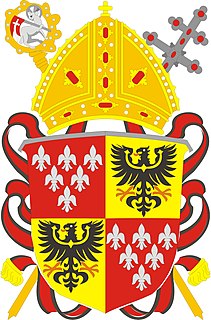
The Archdiocese of Wrocław is a Latin Church ecclesiastical territory or archdiocese of the Catholic Church centered in the city of Wrocław in Poland. From its founding as a bishopric in 1000 until 1821, it was under the Archbishopric of Gniezno in Greater Poland. From 1821 to 1930 it was subjected directly to the Apostolic See. Between 1821 and 1972 it was officially known as (Arch)Diocese of Breslau.

Henry the Bearded was Duke of Silesia at Wrocław from 1201, Duke of Kraków and High Duke of all Poland – internally divided – from 1232 until his death. He was the son of Bolesław I the Tall and a member of the Silesian Piast dynasty.

Władysław Odonic, nicknamed Plwacz or the Spitter, was a duke of Kalisz 1207–1217, duke of Poznań 1216–1217, ruler of Ujście in 1223, ruler of Nakło from 1225, and duke of all Greater Poland 1229–1234; from 1234 until his death he was ruler over only the north and east of the Warta river.
Henry III of Głogów was a duke of Glogów from 1274 to his death and also duke of parts of Greater Poland during 1306–1310.

Iwo Odrowąż was a medieval Polish humanist, statesman, and bishop.

Henryk Kietlicz was Archbishop of Gniezno from 1199 to 1219 was the main architect of the changes that allowed the Polish church to gain independence from the secular authorities.
Wincenty of Niałka (Vincent) was the Archbishop of Gniezno in the years 1220–1232.
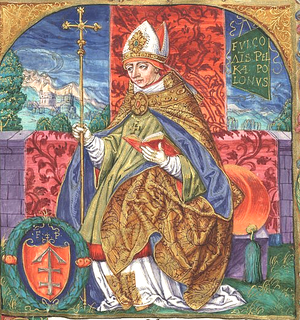
Pełka or Fulko was the Archbishop of Gniezno, Poland in 1232–1258.
Cyprian was a medieval Bishop of Wrocław and Lubusz.
Wawrzyniec, also known as Lawrence, was a medieval Bishop of Wrocław, Poland in the years 1207–1232.
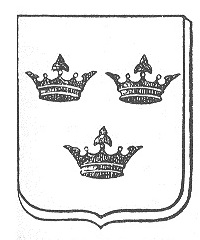
Aron was an 11th-century Polish Bishop of Krakow, then Archbishop and the first Abbot of the Benedictine house in Tyniec.














